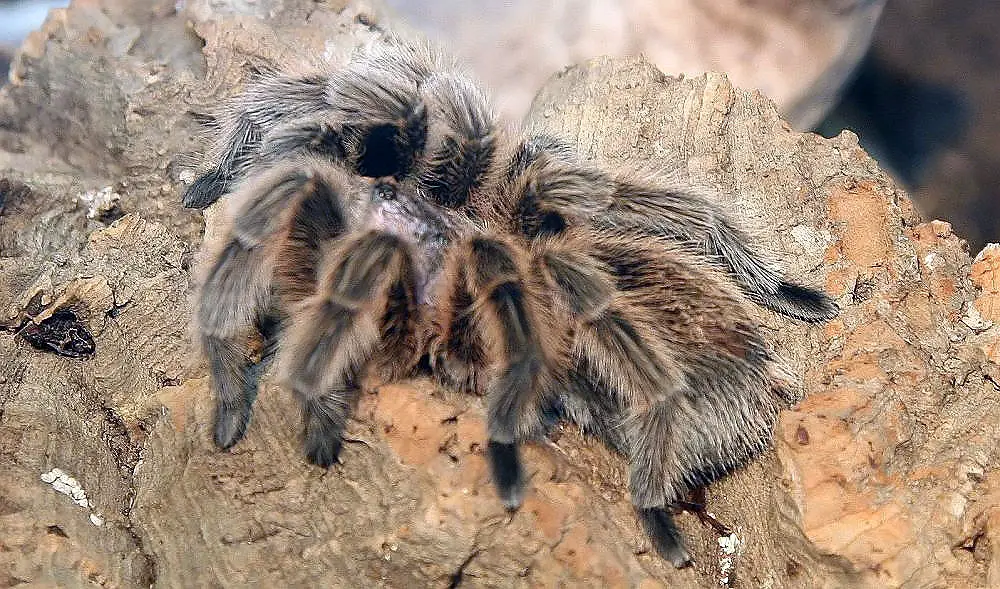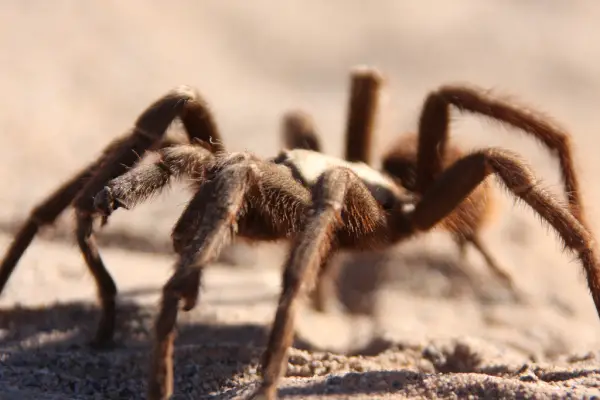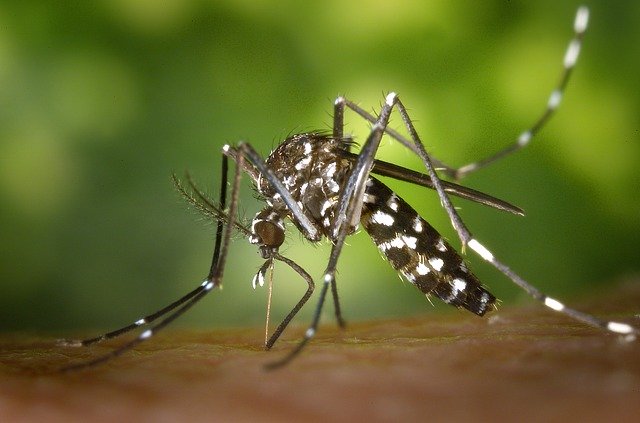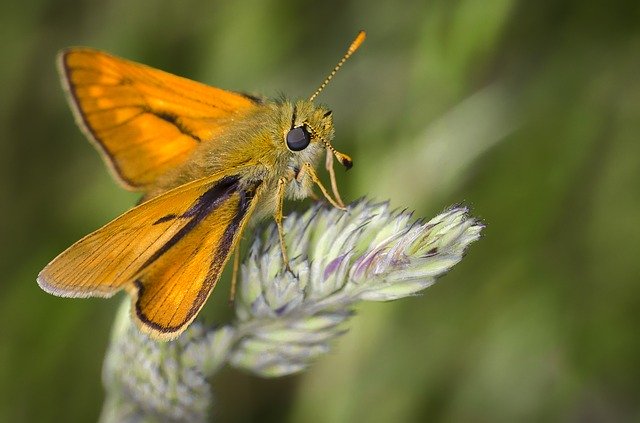Make up your mind for some of the most wonderful ladybird facts for kids including ladybird behavior, physical markings, and its usual habitat. The ladybird is an insect that belongs to the family of Coccinellidae which is the beetles’ family.
The ladybird falls in the order of Coleoptra and is widely distributed all throughout Ireland, Sri Lanka, Pakistan, Malta, India, Australia, UK, New Zealand, few parts of U.S. and Canada and South Africa. These insects are also known as lady bugs especially across North America.
There are some entomologists that tend to call this species by the name of lady beetles or ladybird beetles for the fact that they cannot be regarded as true bugs. Even though occasionally, ladybirds are also called as lady cow or lady fly. Ladybirds are actually small insects and their sizes may range from 1 mm to 10 mm (0.04 – 0.4 inches).
They may display orange, yellow or scarlet colors together with dark black spots making it easily distinguishable. These species have, like mosquitoes, antennae and black legs. The sizes of these black markings differ considerably from species to species. For example, there are certain species that have large black spots so much so that it tends to merge, thereby leaving vivid colors as markings on a black background.
There are more than 5,000 ladybird species in the world out of which about 450 species are endemic to North America.
In general, the ladybirds are regarded as valuable species for the reason that they feed on scale insects or aphids that acts as pets in agricultural-fields, gardens, and orchards. Some of these insects primarily rely on plants for their daily consumption.
Epilachninae is one of these that mainly feed on beans, potatoes, grains and other similar crops. The numbers are rapidly increasing due to the fact that they have no or less natural enemy altogether. Only parasites can restrict their population to a certain extent. Contrary to a common belief, the number of black spots on the insect’s wings do not justify its age rather in species like beetles this is far more true and believable.
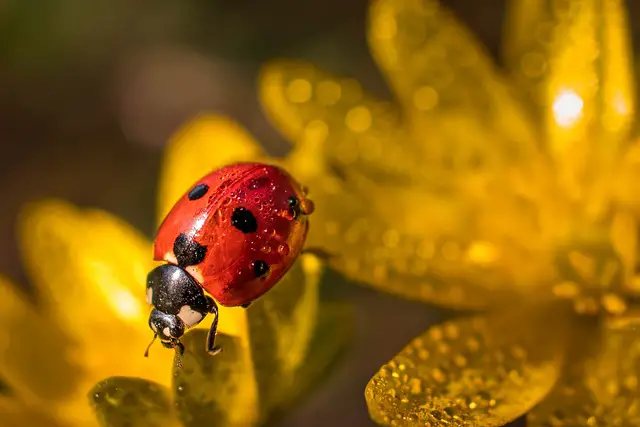 Fascinating Ladybird Facts For Kids
Fascinating Ladybird Facts For Kids
- Nearly all ladybird species have six legs and bodies that resemble like a dome.
- The numbers of spots or markings on the insect’s body are not same in all the species and can vary a great deal.
- The ladybirds are the natural predators of scale insects and aphids.
- The members that belong to the Epilachninae subfamily are exclusively herbivorous and can be too much harmful agricultural pests. One such example is Mexican bean beetle.
- Some of the most common ladybirds predators are birds, spiders, wasps, frogs, and dragonflies. However, the dark markings and the bright colored-body of ladybird often put off their natural predators to prey on them.
- These species are also the first insects to come out during the spring season. There are certain ladybirds that prefer to move towards higher land including mountains and the like.
- There is prevailing belief among biologists that ladybirds tend to lay infertile eggs along with the fertile ones. This helps to offer a backup food for the larvae when there is not enough food.
- These species are more often found on plants or leaves that give refuge to their prey. One of the strange facts about ladybirds for kids is that these insects lay eggs close to their prey so that larvae do not have to search for food.
- The hatching period lasts for about 3 – 4 days and the clutch size may contain 3 – 4 and sometimes 10 – 12 eggs.
- The lifespan of ladybirds is about 1 – 2 years on an average.
Ladybugs are by far the most common and colorful groups of insects. Apparently it seems like they are no different from other insects in that they have the same lifecycles consisting of egg, larval, pupal, and adult stages. But if we dig deeper into the behavior and habits of ladybug we may come up with some interesting ecological and evolutionary features such as cannibalism, color pattern polymorphism, and extreme promiscuity.
It goes without saying that ladybugs are the most popular beetles. The reason behind is their colorful physical appearance together with the reputation of being beneficial as many species remove plant pests.
Description
Ladybugs are beetles that belong to the family of Coccinellidae. This family has more than 5,000 known species ranging from small-medium to oval-oblong to hemispherical beetles.
The forewings of ladybugs are called ‘Elytra’. These wings are not only brightly colored but they are very strong.
All ladybugs do not have red color with black spots on it. Biologists believe that almost every color of the rainbow is found in ladybugs though not in a single species. It means that ladybugs not only have red-and-black color rather they can have yellow-and-black, dark blue-and-orange, black-and-white, and so on. Some species do not even have spots; they may show stripes or checkered pattern.
The forewings are meant to cover the flight wings that are folded away when the beetle does not fly.
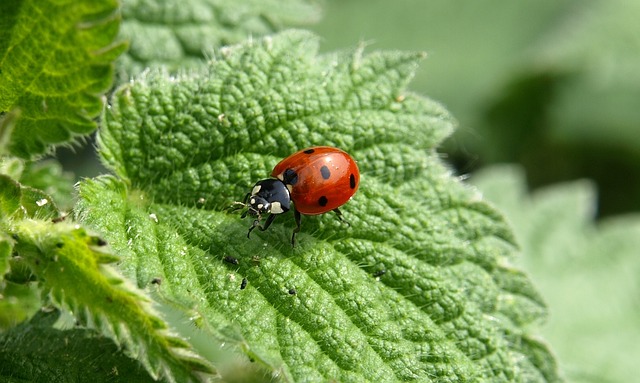 THE LADYBUG LIFECYCLE (Ladybugs through the Year)
THE LADYBUG LIFECYCLE (Ladybugs through the Year)
The lifecycle of beetle consists of four stages; egg, larva, pupa, and adult. Depends on the geographic region each stage has different length and timing.
Mating takes place when food is abundant. The female lays eggs near the larval food. Unlike other insects, two stages (larvae and adults) have the same diet. During winter or summer season, reproduction takes place in late spring or in early summer.
Some regions offer a mild summer which is why beetles continue to reproduce throughout the summer season. However, ladybugs remain dormant in regions where the summer is too hot. They do not like winter season as they’re unlikely to reproduce.
The egg stage lasts from 4 – 8 days; larval for about 3 weeks. The pupal stage lasts for 7 – 10 days. When the pupa grows into an adult the forewings become pale yellow and unpatterned.
Adult ladybug has a lifespan of almost one year.
LADYBUG COLOR PATTERNS
Warning Colors and Chemical Defense
Thanks to the fascinating colorful patterns as it offers ladybug a reasonable defense against potential predators. These predators are repeatedly warned off as they think that beetle might have some hidden defense apart from foul smelling and evil taste.
Ladybugs have chemical defense that involves a great deal of chemicals such as histamines, quinolenes, pyrazines, alkaloids, and cardiac glucosides.
If you happen to pick up a ladybug roughly you may observe that these beetles secrete a yellow fluid. They secrete this fluid out of their defense and the behavior is known as reflex bleeding.
Cannibalism
Ladybugs are often involved in cannibalism which means they can eat their counterparts if food is not available.


